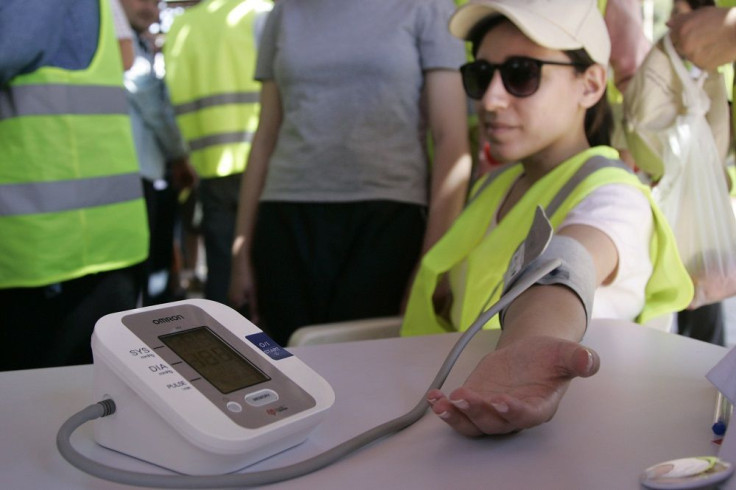Sleep apnea treatments reduce blood pressure: Study

Devices used to treat sleep apnea help lower blood pressure, according to a study published in The Journal of the American Medical Association on Dec 1. The researchers report that continuous positive airway pressure (CPAP) and mandibular advancement devices (MADs) decrease both systolic blood pressure (SBP) and diastolic blood pressure (DBP) rates.
“CPAP was associated with a reduction in SBP of 2.5 mm Hg and in DBP of 2.0 mm Hg,” the authors concluded, after analysing 51 previously published data. “MADs were associated with a reduction in SBP of 2.1 mm Hg and in DBP of 1.9 mm Hg.”
"CPAP and MADs not only reduce symptoms of obstructive sleep apnea such as sleepiness, but also lower blood pressure," said Malcolm Kohler, lead researcher of the study from the University Hospital of Zurich, WebMD reports. "Both treatments have similar positive effects on blood pressure, but the treatment effect of CPAP seems to be larger in patients who have more hours of sleep."
CPAP is considered the most effective treatment for obstructive sleep apnea. It employs a small machine that blows down air in the throat, through a mask, to keep the patient’s airways open while he sleeps. MADs keep the airways open by pushing the jaw and tongue forward.
Health experts state that sleep apnea is a common and chronic problem, especially among men, overweight people and people over the age of 40. Breathing halts or becomes shallow when people sleep. This can last from a few seconds to minutes, occurring 30 or more times in an hour.
It should be stressed that these reductions caused by the devices are too little to be solely relied upon. Hypertensive patients should still adhere to medications and healthy lifestyle activities to keep their blood pressure in check.
Contact the writer at feedback@ibtimes.com.au or tell us what you think below.





















